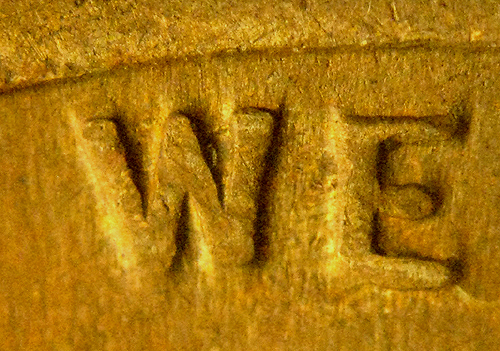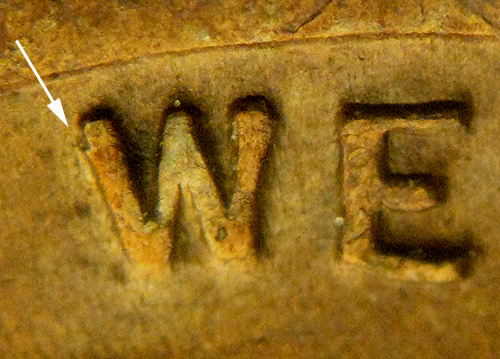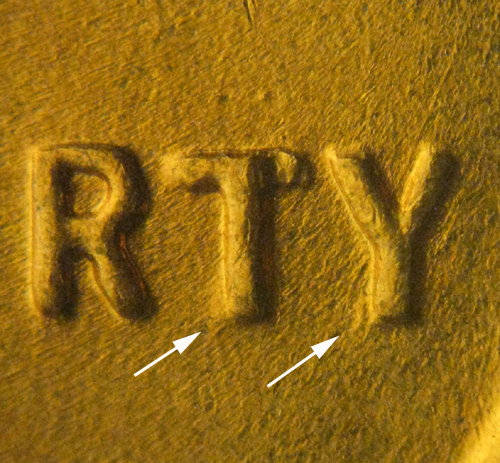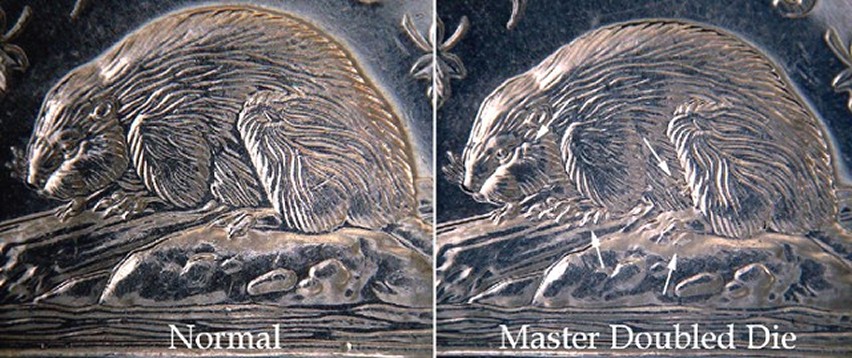Part II. Die Varieties:
Master Die Doubling
Master die doubling resembles a minor doubled die (hub doubling), but instead of being restricted to a single working die, it appears on many working dies. The wide distribution of identical doubling can be traced to hub doubling affecting the master die. The master die is the template from which many working dies are generated.
When the master hub is pressed into the presumptive master die, several squeezes are required to fully transfer the images. Any shift in position between the master hub and the master die can result in doubling. The shift can occur between hubbings or even during a single squeeze.
This form of raised doubling is subtle and characterizes all coins produced in a particular year, and sometimes over many years. It is produced in the initial stages of die preparation, as a large bias relief model of the design is transferred to a master hub by use of a Janvier Reduction Lathe. This device works in basically the same way as an artist’s pantograph. Vibration during the prolonged transfer process can result in slight duplication along the edge of the design.


Master die doubling occurred in the W of WE in 1918 on the Lincoln cent master die. This doubling created a notch on the upper left vertical of the W which lasted until 1960 (the 1960 small date Lincoln cent) when that motto was re-engraved into the master die.
The image to the left shows the word WE as seen in the year 1917 and the image to the right shows the WE as seen in the year 1918.

Another example of master die doubling was seen on the 1955 Lincoln cent. This doubling was located to the bottom left of the letters TY in LIBERTY.
The image above shows the doubling (extra vertical bars) and is indicated by white arrows.
Another great example of master die doubling occurred in 2006 with the reverse die of the Canadian nickel. The images below show the 2005 reverse die to the left and the 2006 reverse die to the right. Notice the doubling of the claws indicated by the white arrows. Since this is master die doubling, all 2006 Canadian nickels will show this doubling to some extent. The clarity of the doubling is dependent on the age/wear of the master die, working hub, or working die.
